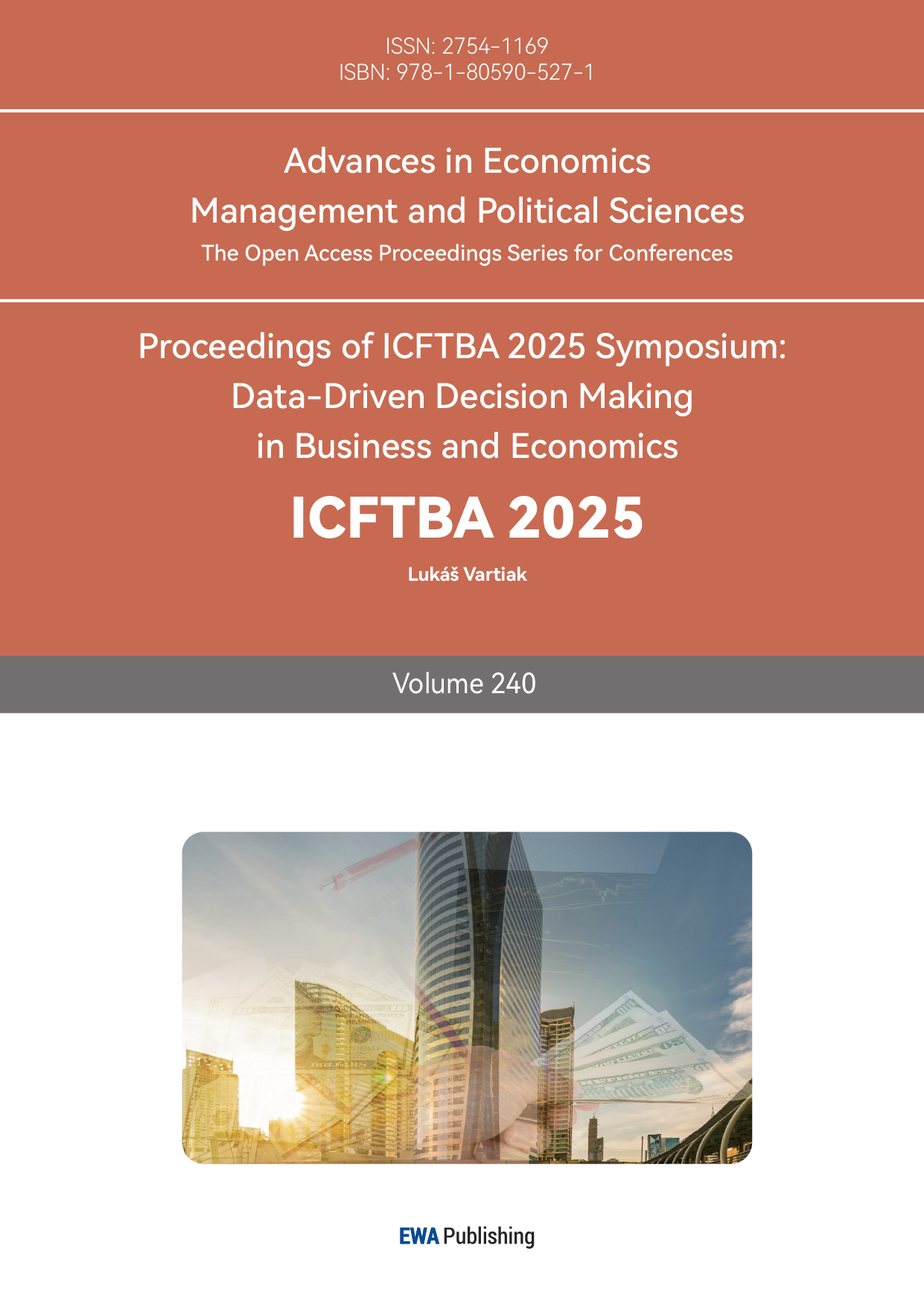References
[1]. Yu, Q. et al. (2025) Enhancing Bank Term Deposit Predictions: A Machine Learning Approach With CatBoost and SHAP. Applied and Computational Engineering, 120, 171-180.
[2]. Moro, S., Cortez, P. & Rita, P. (2014) A Data-Driven Approach to Predict the Success of Bank Telemarketing. Decision Support Systems, 62, 22-31.
[3]. UCI Machine Learning Repository. (2024) Bank Marketing Data Set. Retrieved from https: //archive.ics.uci.edu/dataset/222/bank+marketing
[4]. Peter, M. et al. (2025) Predicting Customer Subscription in Bank Telemarketing Campaigns Using Hybrid Ensemble Models. Journal of Data Science and Artificial Intelligence, 3(1), 15-28.
[5]. Tanvir, M. F., Hossain, M. & Asifuzzaman, J. (2024) Bayesian Regression for Predicting Subscription to Bank Term Deposits in Direct Marketing Campaigns. ArXiv Preprint, arXiv: 2410.21539.
[6]. Breiman, L. (2001) Random Forests. Machine Learning, 45(1), 5-32.
[7]. Friedman, J. H. (2001) Greedy Function Approximation: A Gradient Boosting Machine. Annals of Statistics, 29(5), 1189-1232.
[8]. Chen, W., Zhan, Z. & Wang, J. (2024) A Survey on Imbalanced Learning: Latest Research and Future Directions. Artificial Intelligence Review.
[9]. López-Pinaya, W. H. et al. (2023) Evaluating Classifier Performance With Highly Imbalanced Big Data. Journal of Big Data, 10, 54.



